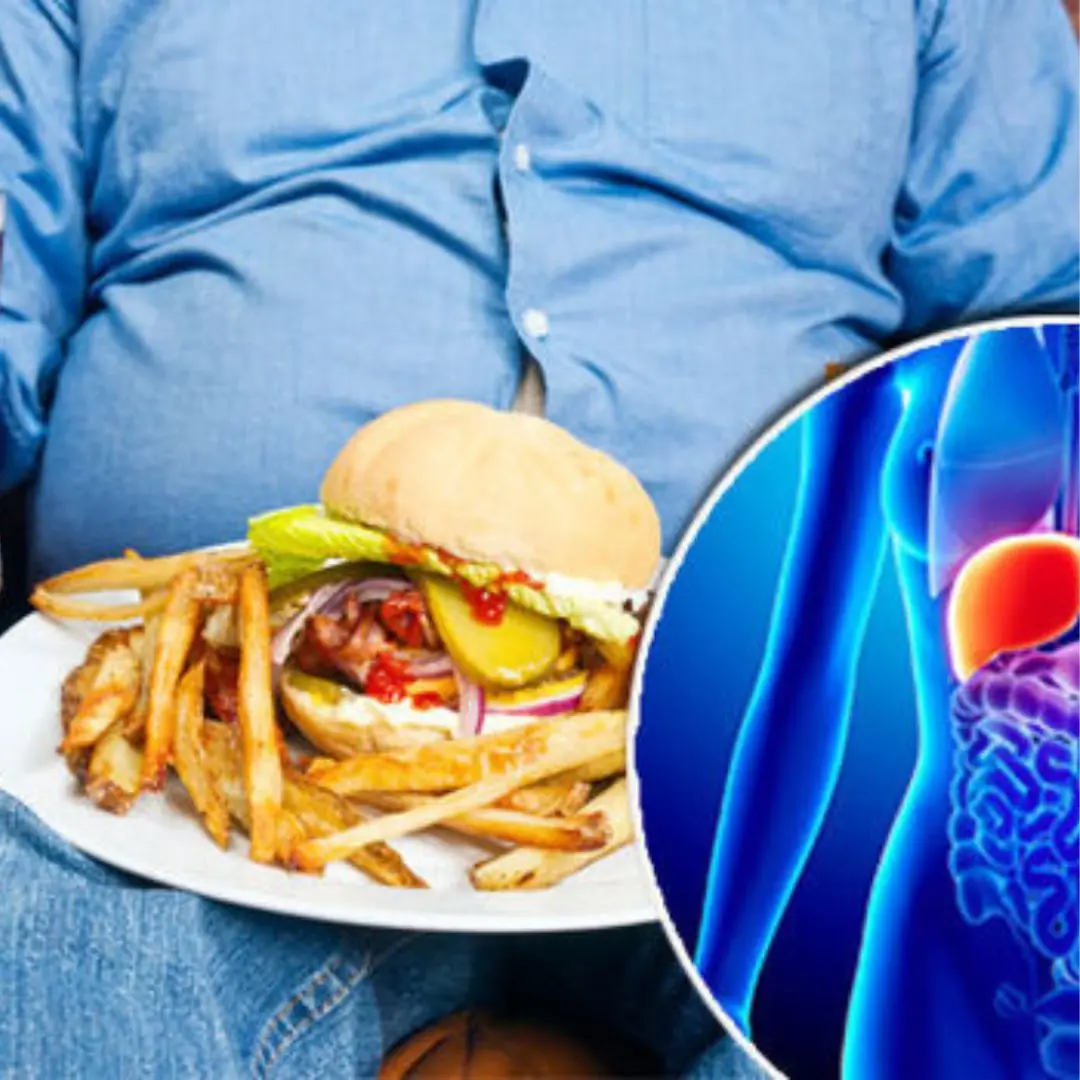
6 hidden dangers of fatty blood disease doctors warn about
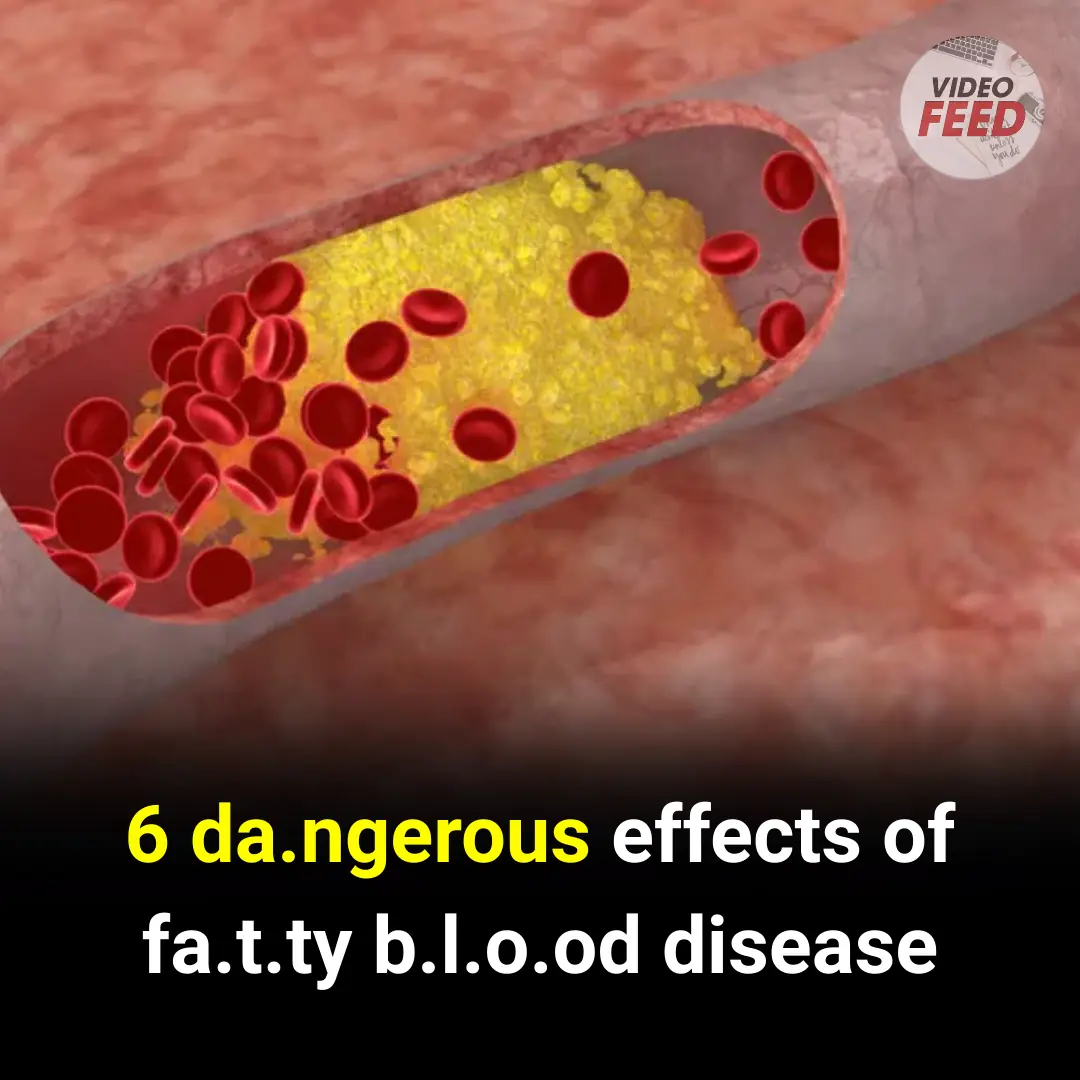
Fatty blood (hyperlipidemia) affects the cardiovascular system, especially in people who already suffer from chronic conditions such as heart or liver disease, and it can even be life-threatening.
Also known as high blood lipids, fatty blood disease occurs when fat levels in the blood increase abnormally, measured by cholesterol levels. This condition can cause extremely serious health problems, and in some cases, its complications can even lead to death.
6 Dangerous Conditions Caused by Fatty Blood Disease
Pancreatitis
Pancreatitis is one of the dangerous complications that can occur when a person has fatty blood disease. Extremely high triglyceride levels can cause the pancreas to become inflamed. Symptoms may include severe abdominal pain with diarrhea, fever, vomiting, rapid breathing, and a fast heart rate. If digestive fluids leak outside the pancreas, the condition can become life-threatening.
Diabetes
Fatty blood disease can lead to type 2 diabetes, and vice versa. This link has been studied and proven by scientists, especially in people with high blood pressure, abdominal obesity, low levels of good cholesterol (HDL), and high blood sugar. Elevated triglyceride levels also significantly increase the risk of developing diabetes.
Cardiovascular Diseases
Metabolic disorders in the body, combined with high triglyceride levels, can double the risk of cardiovascular diseases.
Stroke
One of the main factors behind this is elevated triglycerides, which damage the blood vessels supplying the brain. That’s why fatty blood disease can trigger a stroke at any time.
Leg Pain and Numbness
When blood fat levels are too high, fatty deposits form inside the arteries. If these affect blood flow to the legs, they can cause peripheral artery disease. Patients often feel pain and numbness in the legs, especially while walking. The condition also increases the risk of infections in the legs and feet.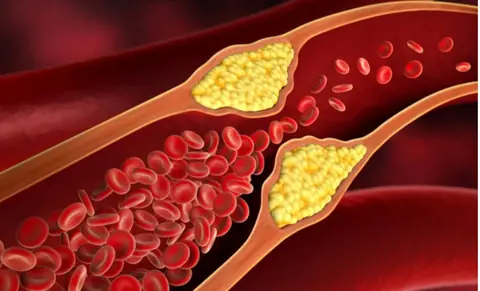
What to Do to Control High Blood Lipids
In addition to taking prescribed medication, a proper diet and lifestyle play an important role in bringing blood lipid levels back to normal.
People with high cholesterol should avoid fatty acids found in baked goods, fried products (instant noodles, French fries), vegetable oils that have been reused multiple times for frying, and processed industrial foods such as sausages, smoked meats, and bacon.
Red meats (buffalo, beef, horse, dog, goose, lamb) and egg yolks should be limited (not completely eliminated). White meats such as pork, chicken, frog, and other lean meats are healthier choices. Avoid fats from beef, pork, and lamb, and instead choose lean cuts or skinless poultry.
People with high blood fat levels are encouraged to eat fruits such as guava, apples, and watermelon, and increase their intake of vegetables while drinking 1.5–2 liters of water daily (including water from soups, fruits, and other foods). Nuts like peanuts, sesame, green beans, and bean sprouts are also beneficial. Garlic, onions, and celery are spices that may significantly help lower cholesterol thanks to their active compounds.
To effectively reduce cholesterol levels, other factors should also be combined: increasing physical activity (aerobics, walking, jump rope, hula hooping, cycling at a slow pace), maintaining a healthy lifestyle, and especially exercising regularly in cases of overweight or obesity.
News in the same category

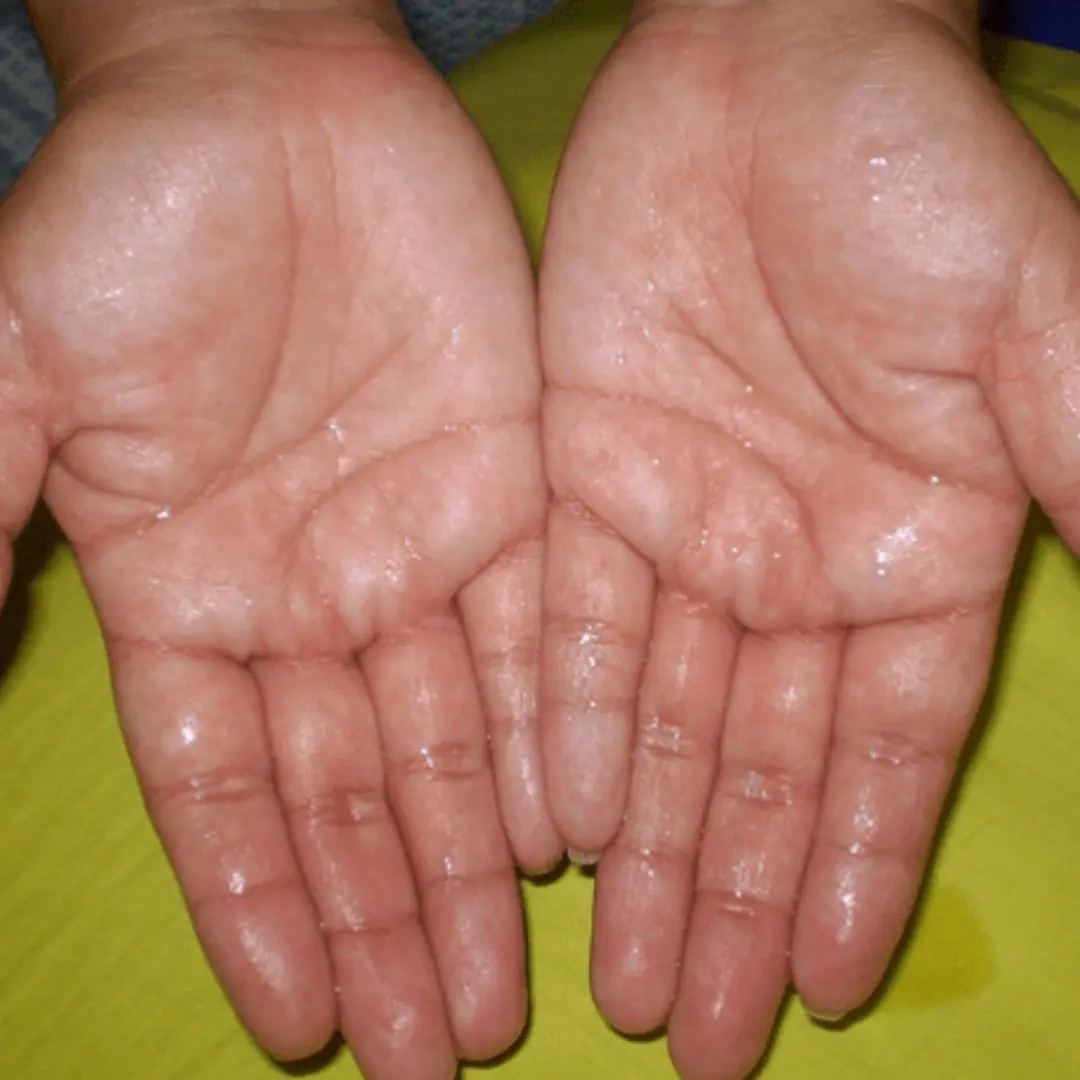
What’s Really Going On When Your Hands and Feet Won’t Stop Sweating?
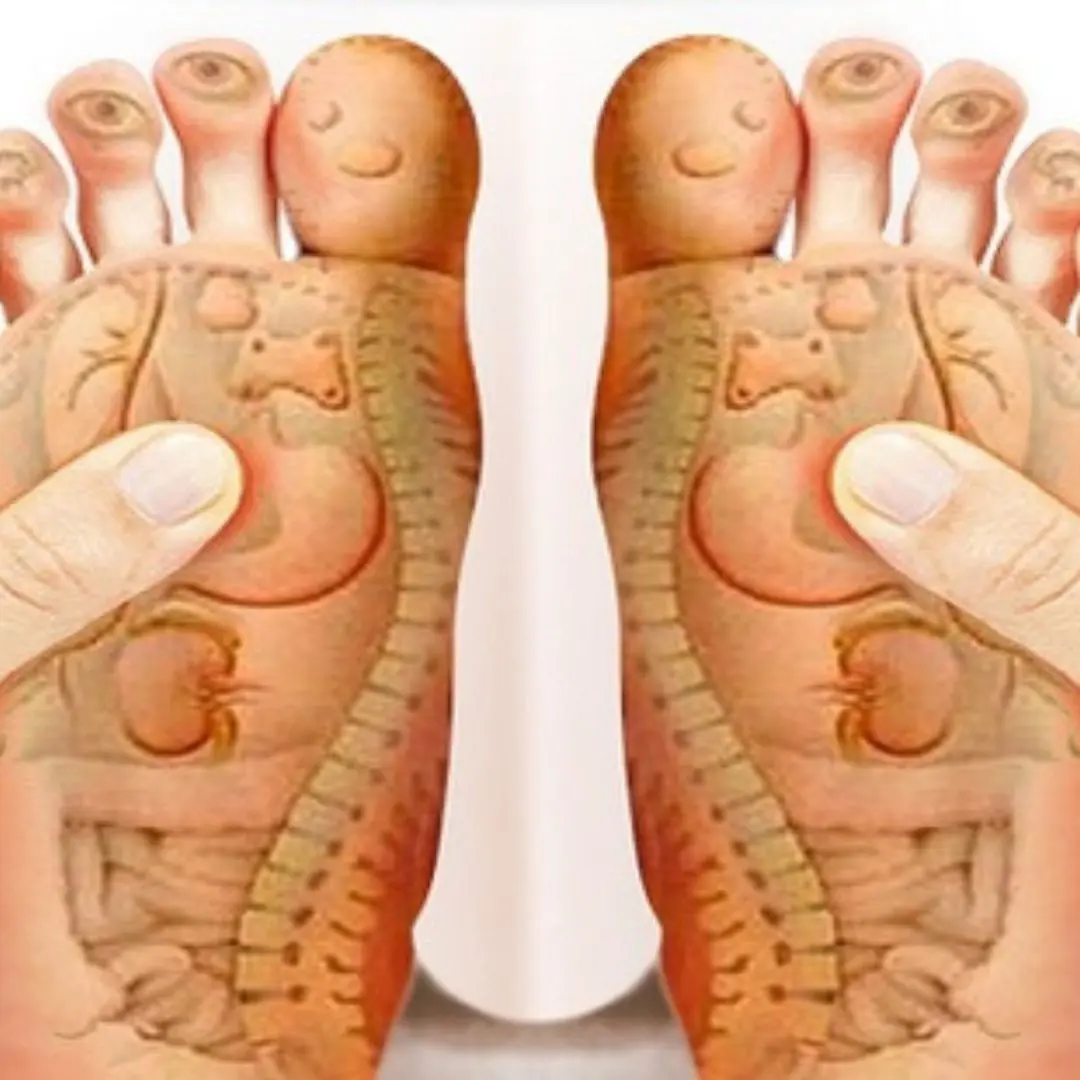
Cold Feet All the Time? 6 Reasons That Have Nothing to Do With the Weather
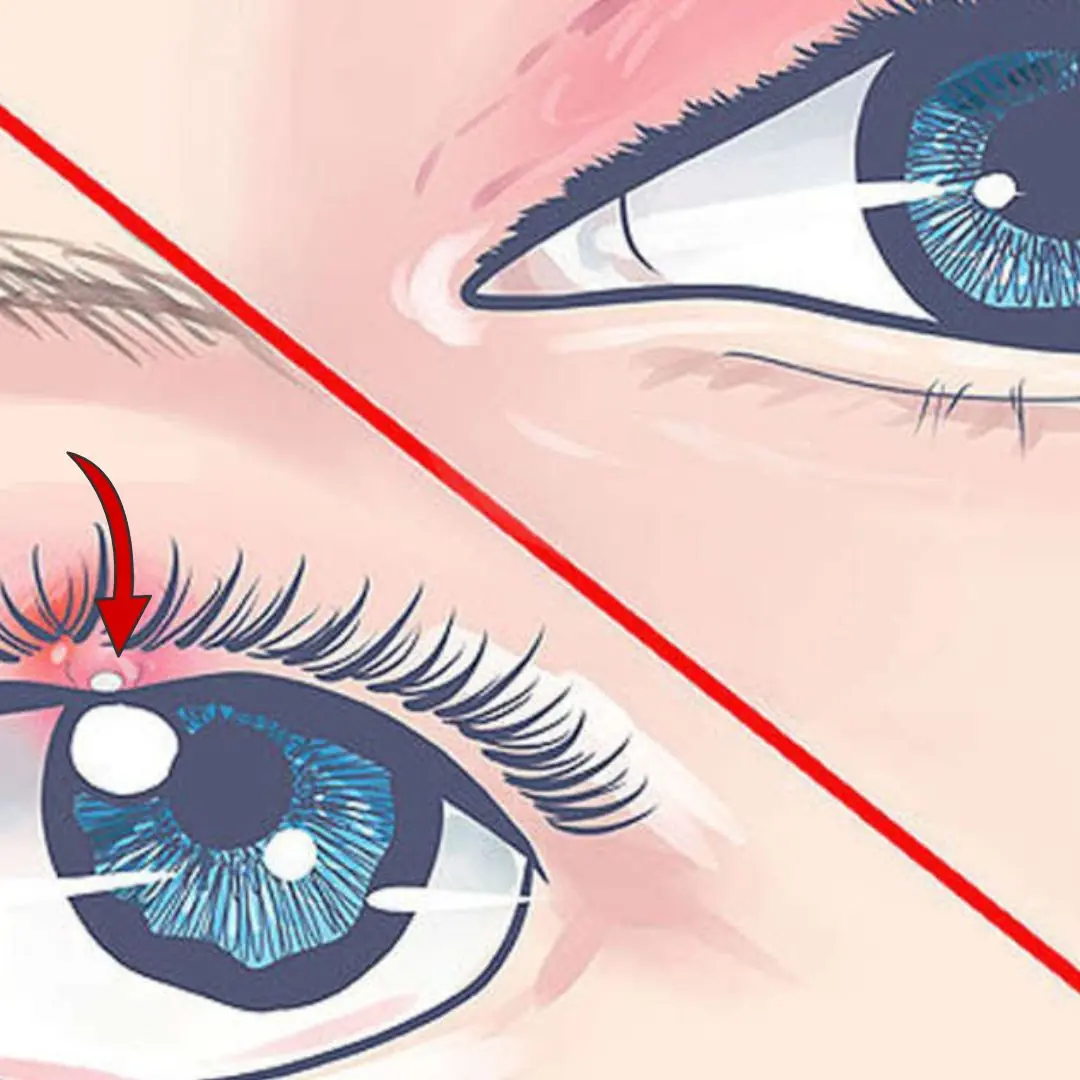
What Exactly Is a Stye — and How Can You Get Rid of It?

6 Types of Food You Should Never Keep Overnight
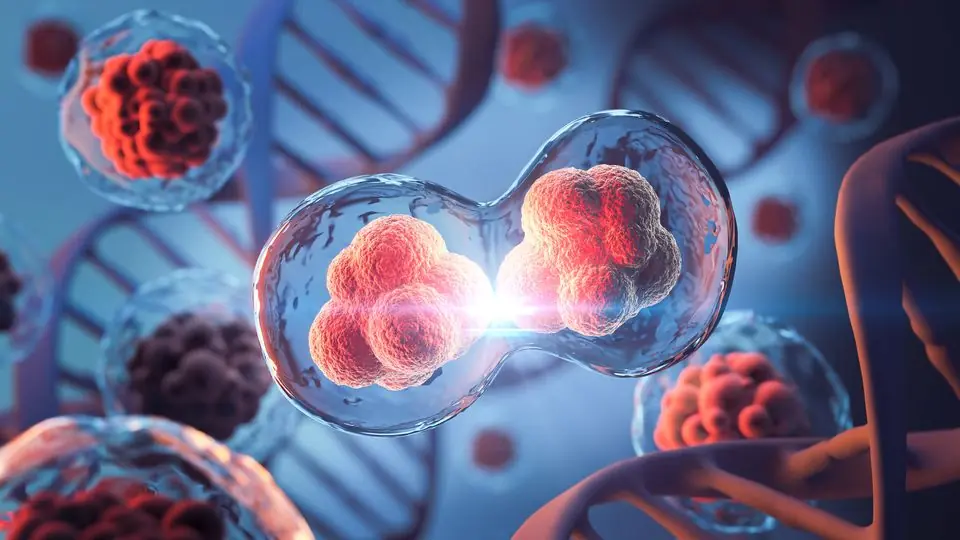
Can.cer Cells Love These 4 Foods

A 25-Year-Old Girl Developed L.ung Consolidation in Just 3 Days
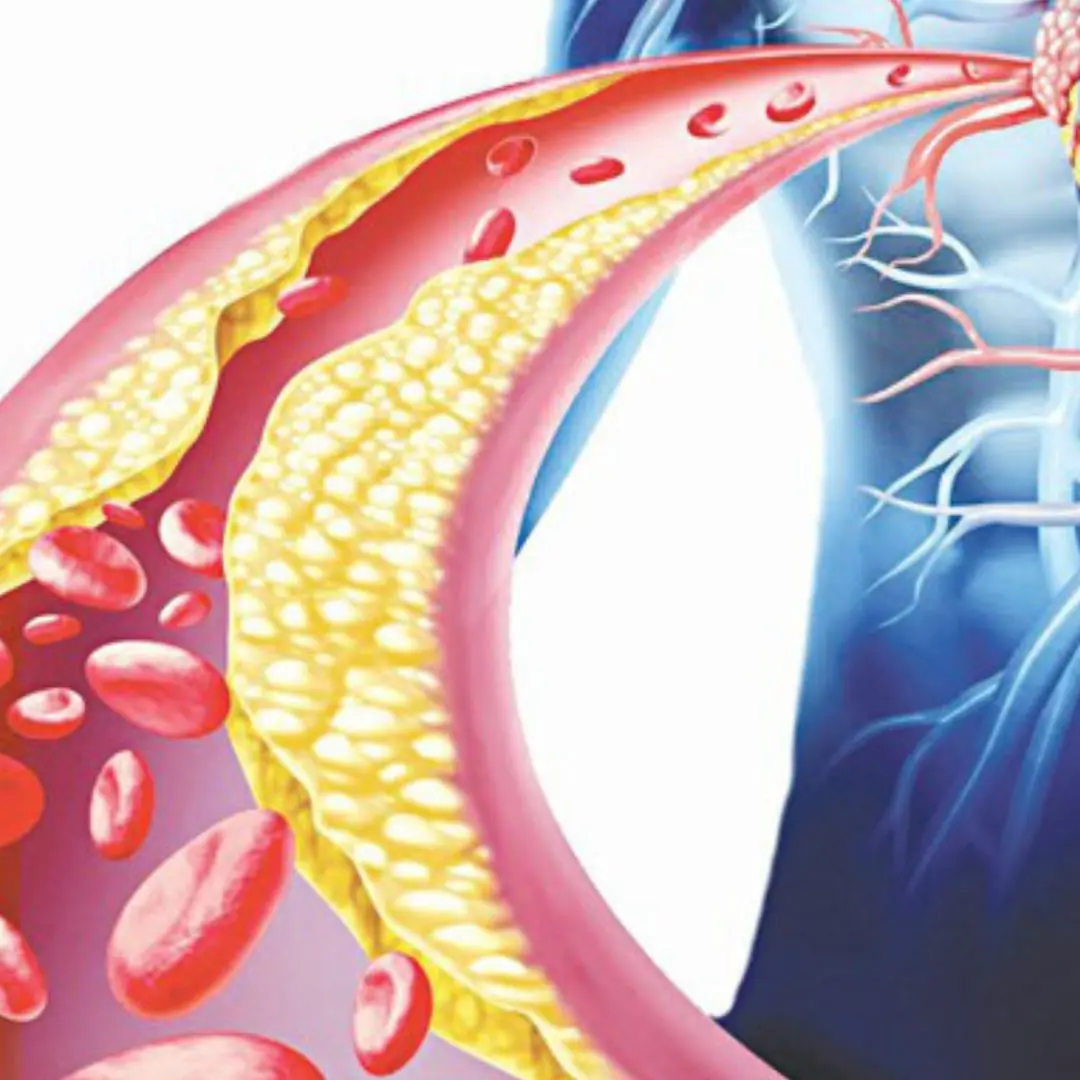
3 reasons why the elderly are susceptible to high bl.o.o.d fat and how to fix it

5 Wild-Caught Fish That Cannot Be Farmed
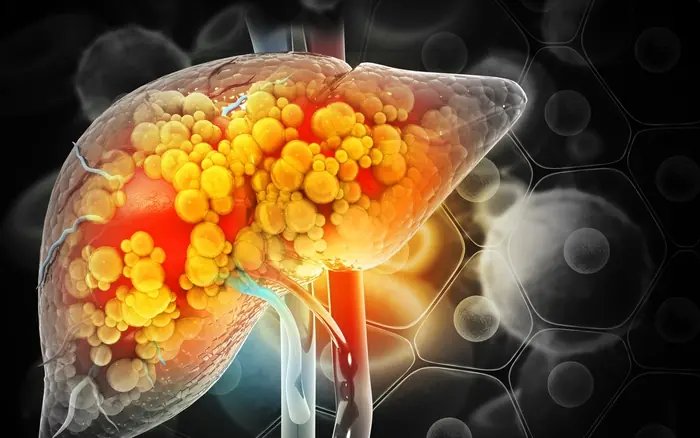
Blo.od Fat and Li.ver Fat Can Skyrocket If You Overuse This Drink

Your hands can warn you: 5 back-of-hand signs linked to health issues

Why you should avoid fruits after meals — and when to eat them instead

4 types of fish are listed as 'cancer causing'! Eating too much will cause cancer

Discover 7 Amazing Ways Drinking Perilla Leaf Water Regularly Can Boost Your Health and Well-Being

Three Types of Vegetables with the Highest Pesticide Residues

Doctor Warns: 5 Symptoms That Could Indicate Bone Cancer
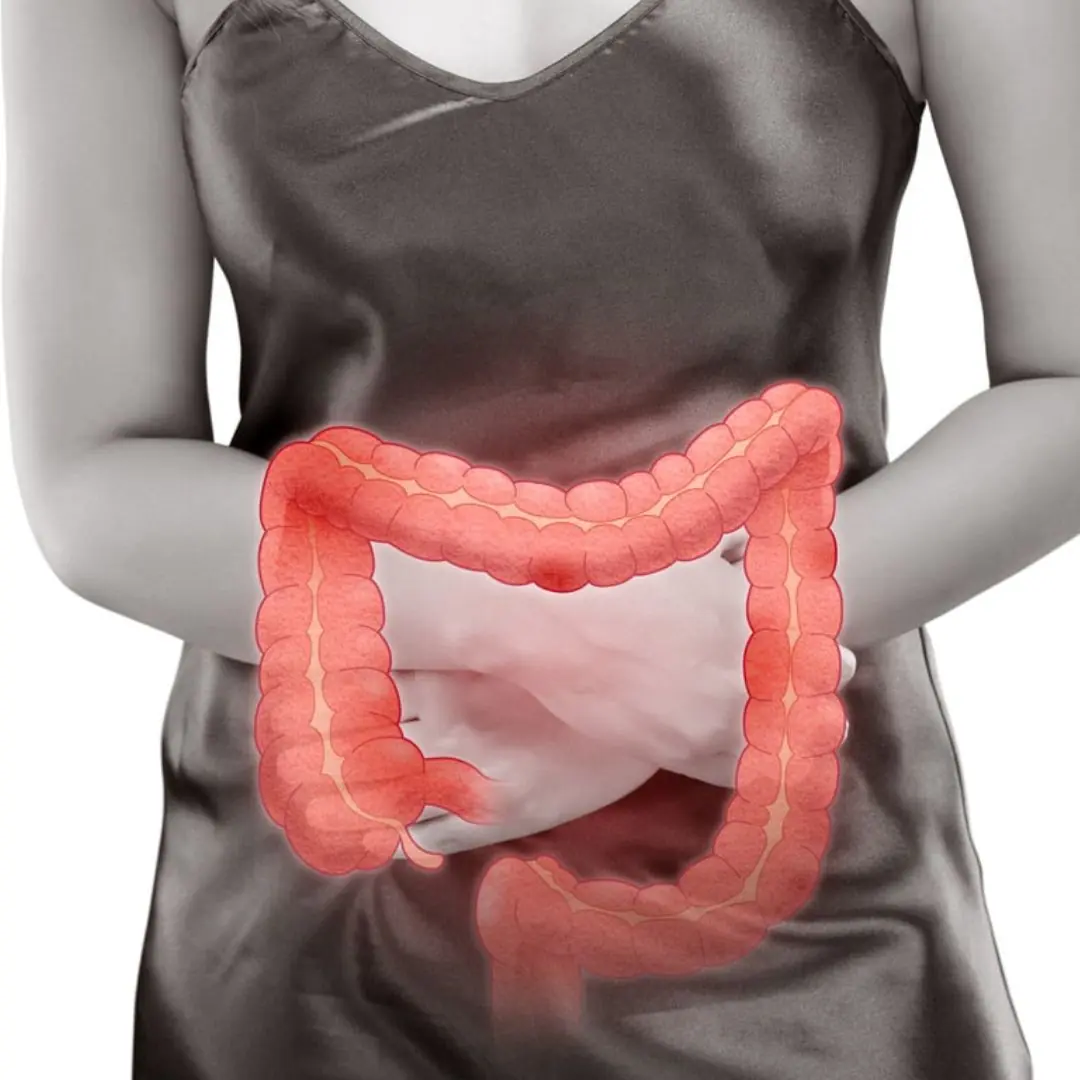
7 foods to avoid in a colon cancer diet
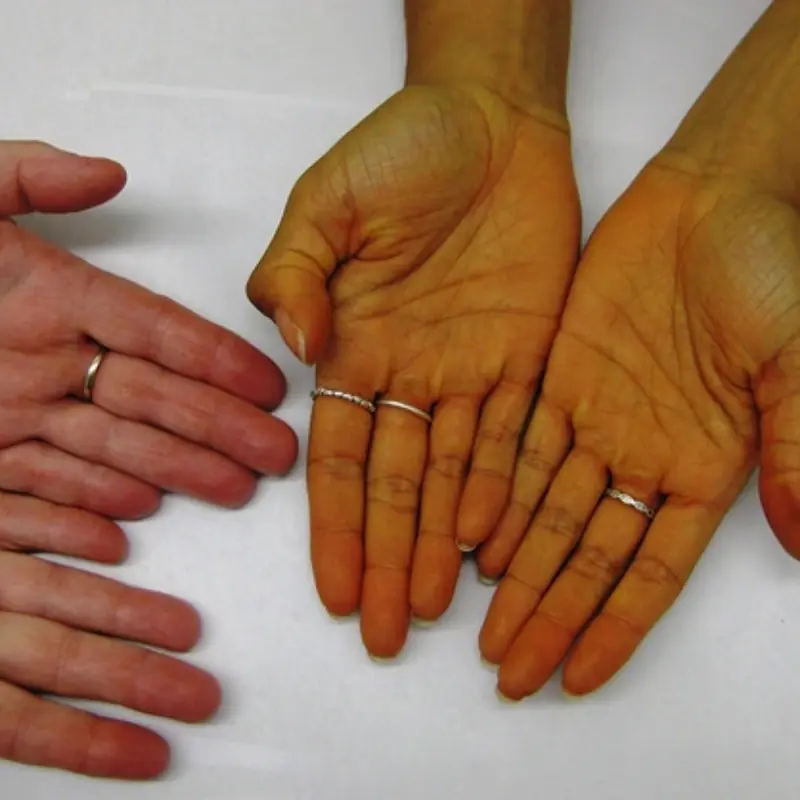
These Are the 5 Earliest Warning Signs Your Body Sends When Can.cer

5 Early Clues Your Body Sends When Bile Du.ct Can.cer Is Taking Hold
News Post

5 dangerous habits that are destroying your liver: Quit now before it's too late

What’s Really Going On When Your Hands and Feet Won’t Stop Sweating?

Cold Feet All the Time? 6 Reasons That Have Nothing to Do With the Weather

What Exactly Is a Stye — and How Can You Get Rid of It?

6 Types of Food You Should Never Keep Overnight

Can.cer Cells Love These 4 Foods

A 25-Year-Old Girl Developed L.ung Consolidation in Just 3 Days

3 reasons why the elderly are susceptible to high bl.o.o.d fat and how to fix it

5 Wild-Caught Fish That Cannot Be Farmed

Blo.od Fat and Li.ver Fat Can Skyrocket If You Overuse This Drink

Your hands can warn you: 5 back-of-hand signs linked to health issues

Why you should avoid fruits after meals — and when to eat them instead

Don’t Eat Grapes Before You Know This Trick

4 types of fish are listed as 'cancer causing'! Eating too much will cause cancer

Doctor explains why you should always shower at night instead of the morning

Discover 7 Amazing Ways Drinking Perilla Leaf Water Regularly Can Boost Your Health and Well-Being

Three Types of Vegetables with the Highest Pesticide Residues

No Matter How You Wash Clams, There’s Still Grit Inside?
